Rex is tired of being left at home while you have all the fun.
Whether you’re booking a long-term business trip or want to take your furry nugget home to meet the fam, the longer the journey, the more likely you are to go by air. The U.S. Department of Transportation reports that more than two million animals travel on planes annually. But travel can be very stressful for your pet, explains says Susan H. Smith, president and owner of PetTravel.com. Help Fido or Fluffy feel comfortable—from check-in to boarding to deplaning—with the following six steps. (And if you’re traveling by car with your furry friend, check out how to get your him or her road-trip ready.)
Schedule A Pre-Flight Vet Visit
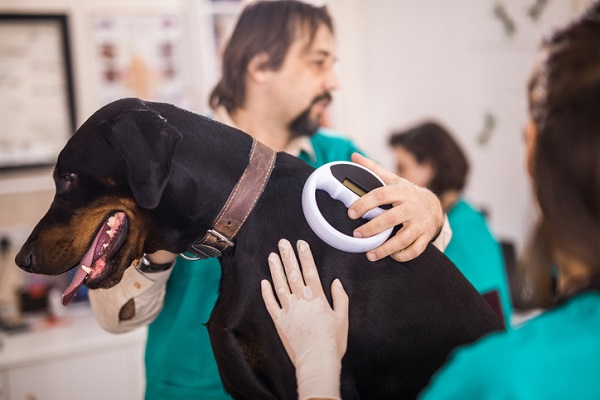 Regardless of whether your pet is flying in the cabin, as checked baggage or as air cargo, it’s a good idea to make sure your pet is current on its vaccinations, since most airlines require a health certificate that’s dated within at least 10 days of departure. Now’s also an excellent time to talk to your vet about implanting a microchip, explains Smith. In case he or she gets lost, this helps increase your chances of being reunited with your best bud. Note that all countries in the European Union require animals to have microchips.
Regardless of whether your pet is flying in the cabin, as checked baggage or as air cargo, it’s a good idea to make sure your pet is current on its vaccinations, since most airlines require a health certificate that’s dated within at least 10 days of departure. Now’s also an excellent time to talk to your vet about implanting a microchip, explains Smith. In case he or she gets lost, this helps increase your chances of being reunited with your best bud. Note that all countries in the European Union require animals to have microchips.
Buy Tickets Early
Airlines limit the number of animals allowed in the cabin, and certified service and emotional support animals may count toward this quota, so book your pet’s plane ticket as soon as you know you’ll be traveling, explains Smith. Being an early bird means you can get first dibs on a window seat—so your pet doesn’t risk being bumped around by foot traffic in the aisle. If your pet is too big for a carrier (and is neither a service dog nor an emotional support animal), reserving a spot in the cargo hold may be an alternative. The Humane Society of the United States, however, notes the potential dangers of cargo travel, so consider a different means of travel for larger dogs, such as a road trip where you can log some quality bonding time. Keep in mind that very often most brachycephalic breeds (such as bulldogs, pugs and Persian cats) are not permitted to travel in cargo because they’re more prone to respiratory issues.
Help Mittens Feel Comfortable In Her Carrier
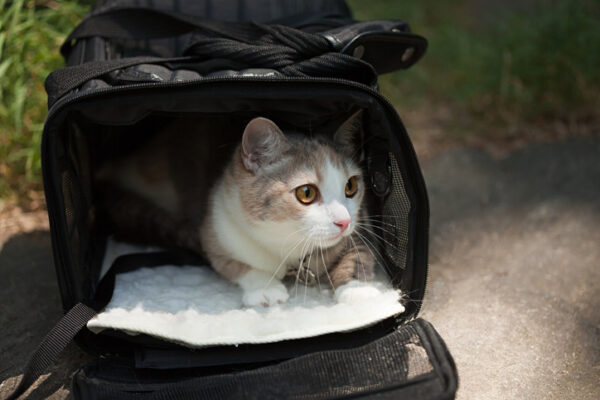 “The carrier or crate should feel like their safe space,” Smith says. Get them used to it by taking them to do something fun while in the carrier, like visiting the park, she explains. “Pets will acclimate at different rates; however, generally, the more time your pet spends in the carrier before the trip, the better a traveler they’ll be,” she says. The key is to make it an accommodating place for your pet. Put in familiar items, toys and treats, and always leave access and egress open and available in the beginning. Encourage them to sleep in the crate or carrier. Buddy will be spending the entire flight in his crate (unless he’s a service or an emotional-support animal) and must be able to stand up and turn around with ease inside. Keep in mind that most airlines mandate one cat or dog per carrier, and that it must fit under the seat in front of you.
“The carrier or crate should feel like their safe space,” Smith says. Get them used to it by taking them to do something fun while in the carrier, like visiting the park, she explains. “Pets will acclimate at different rates; however, generally, the more time your pet spends in the carrier before the trip, the better a traveler they’ll be,” she says. The key is to make it an accommodating place for your pet. Put in familiar items, toys and treats, and always leave access and egress open and available in the beginning. Encourage them to sleep in the crate or carrier. Buddy will be spending the entire flight in his crate (unless he’s a service or an emotional-support animal) and must be able to stand up and turn around with ease inside. Keep in mind that most airlines mandate one cat or dog per carrier, and that it must fit under the seat in front of you.
Request A Private Screening Room At The Airport
“You’ll want to arrive at the airport well in advance of airport recommendations,” says Smith. The Transportation Security Administration (TSA) requires your carrier to go through the X-ray machine, which means that you and your pet will have to walk through the metal detector together. “If you’re traveling with a cat or a very skittish dog, you should request a private room to create a less-stressful screening process for your pet,” she adds.
Soothe Their Stomachs And Sidestep Accidents
Your vet may prescribe a specific feeding timeline, but generally it’s recommended that your pet travel on an empty stomach. Refrain from giving your pet a full meal four to six hours before the flight, explains Smith. “Food can lead to nausea and stimulate their bowels.” But you should stick with a normal water schedule—and give your furry pal adequate water, since air travel is dehydrating, she adds.
Keep Your Pet Comfy During The Flight
Keep a pile of pet pads handy; and stash Buddy’s favorite blanket or toy in the carrier. Do not, on the other hand, give him sedatives or tranquilizers before the flight, cautions the American Veterinary Medical Association. These drugs can increase the risk of cardio and respiratory problems in pets.
And after a successful trip, Mittens definitely deserves this soothing kitty spa.
Before you book your trip, be sure your furry best friend is protected with affordable pet insurance through the GEICO Insurance Agency.
By Bari Lieberman

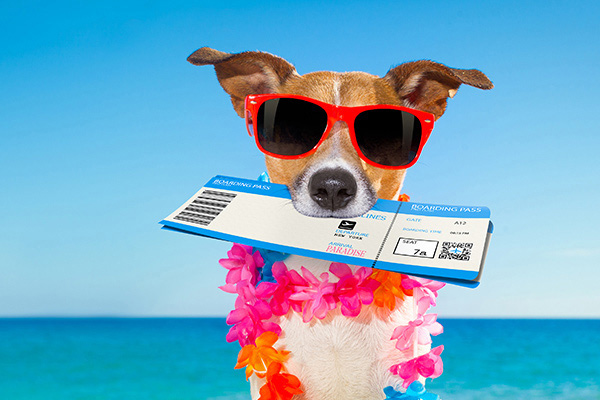


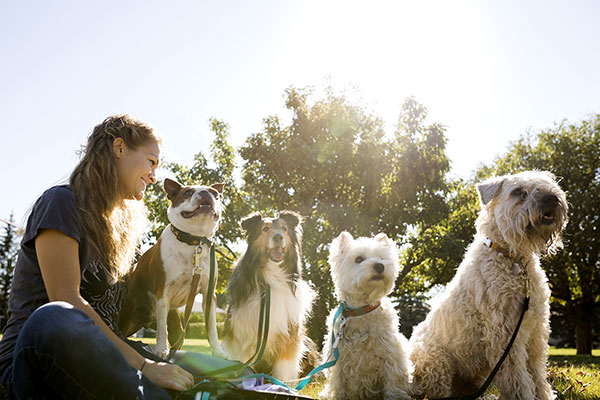
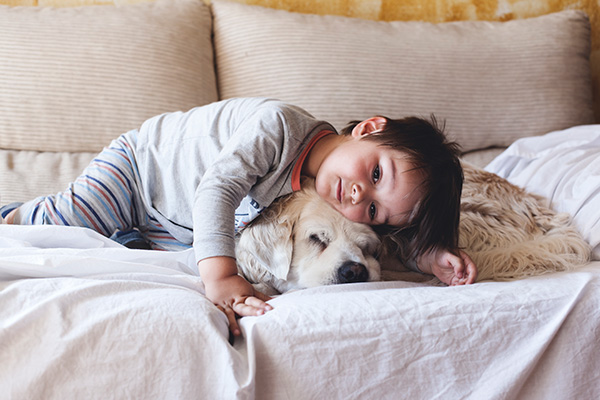
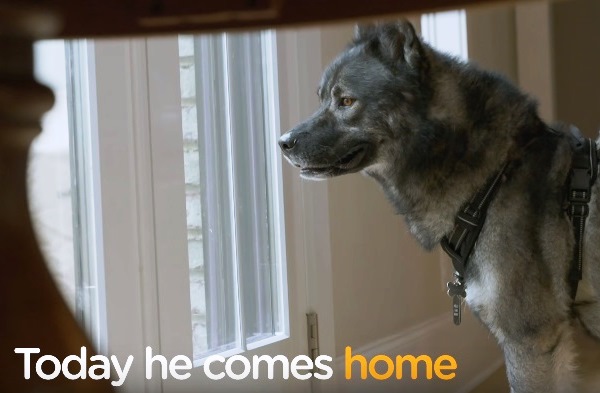
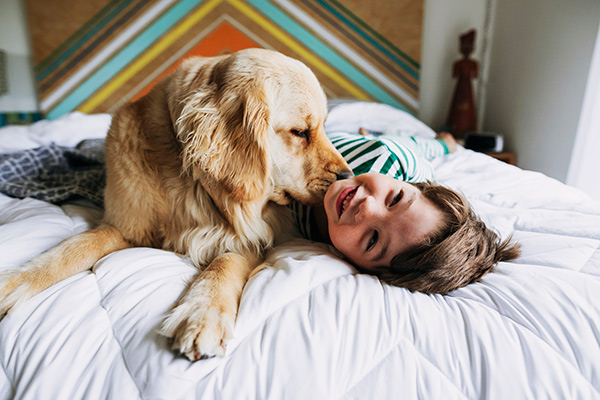
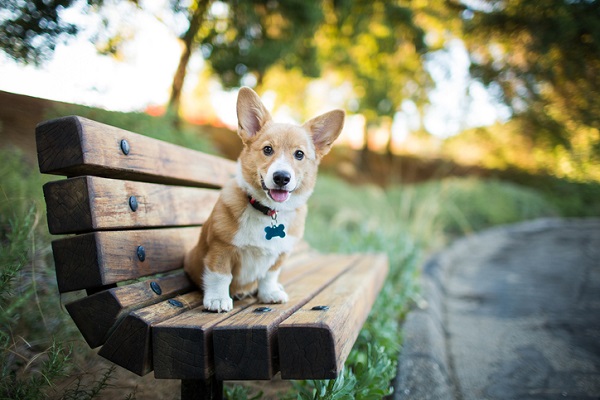
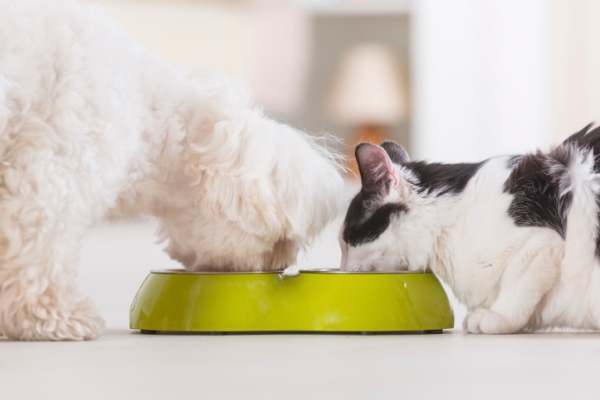
Leave a comment